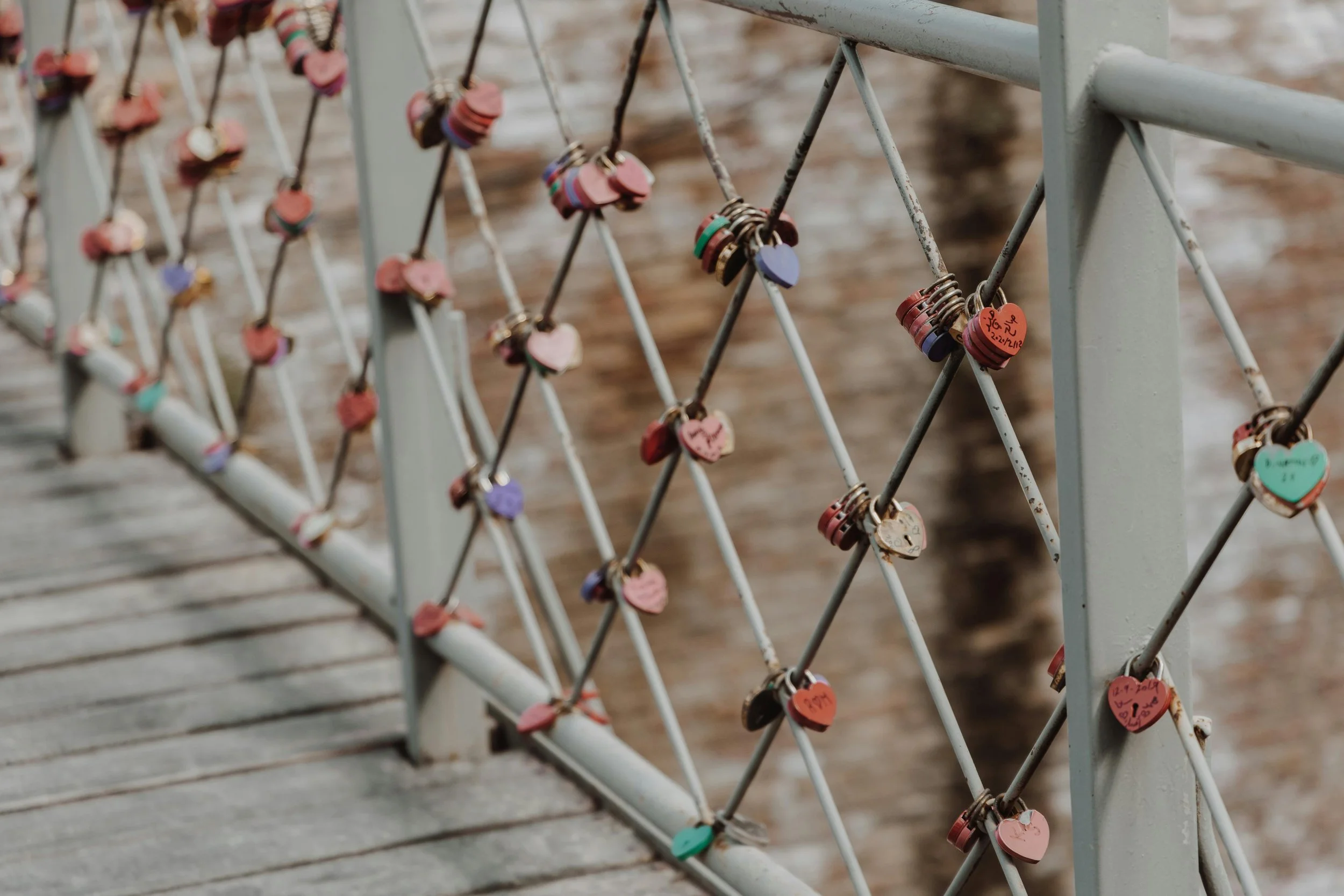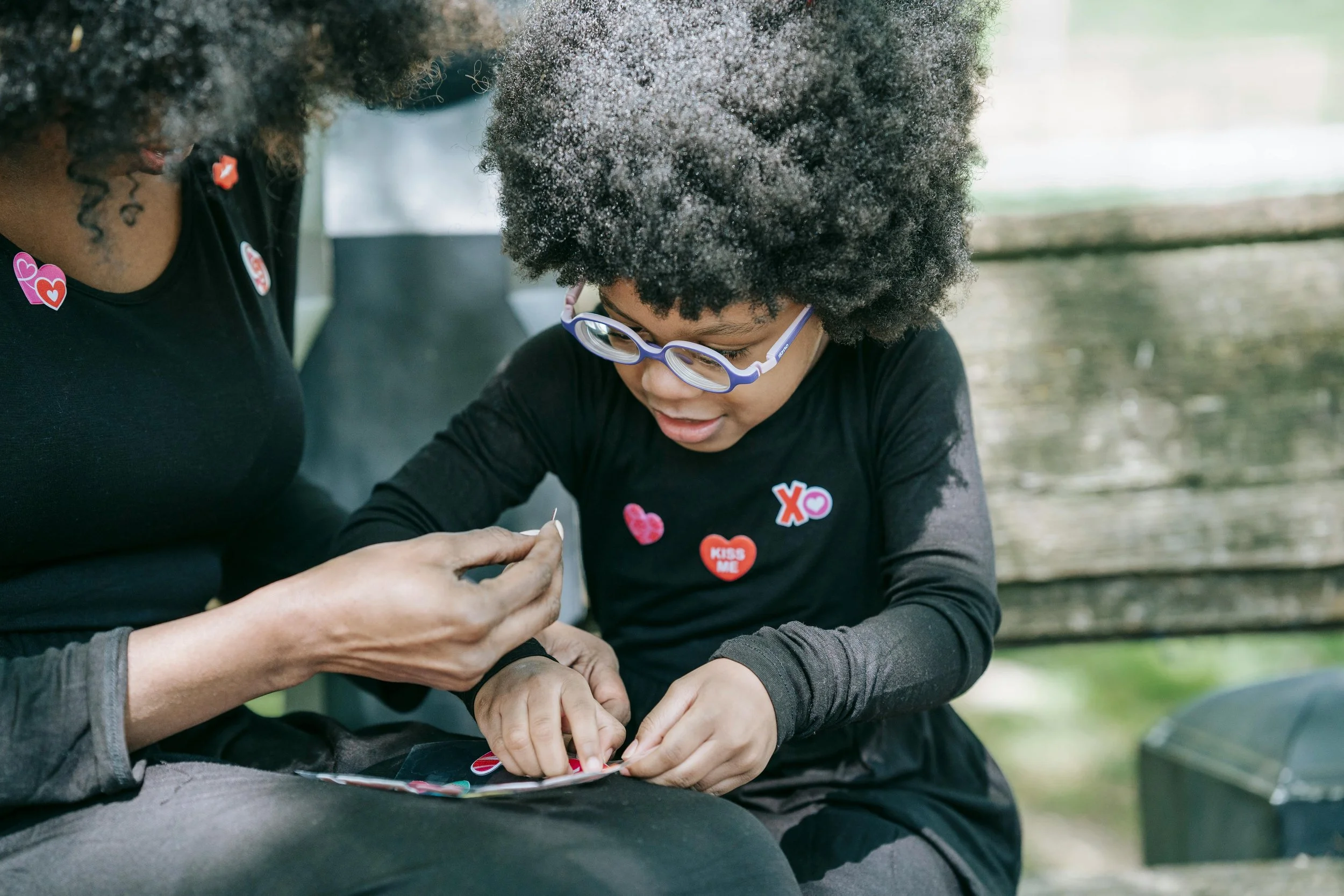Understanding Attachment
Attachment styles play an integral role in our relationships with others, whether they be familial, romantic, or platonic. Attachment theory argues that a strong emotional and physical bond with at least one caregiver during the first years of life is critical to our development. If this bond is strong, we are securely attached, and feel safe to explore the world. That attachment with the caregiver is essentially a safe base we can return to at any time if needed. In contrast, if the bond is weak, we are insecurely attached, and subsequently afraid to explore a rather scary looking world, because we have no secure, safe base to return to if needed.
Let's look at some characteristics of both secure & insecure attachment styles. Those who are securely attached are more trusting, can connect better with others, and generally more successful in life. Those who are insecurely attached can tend to be less trusting in others, experience difficulty in communicating effectively, and have a harder time forming & maintaining relationships.
We all tend to fall into 1 of 4 Attachment styles—one secure and three that are considered insecure
Securely Attached
These individuals are comfortable expressing their emotions openly, depending on partners, and letting partners depend on them in a healthy way. They have a positive view of both themselves and others. These individuals thrive off of relationships that are based on honesty, trust, and emotional intimacy. They do not fear abandonment or being alone, so they are okay with either being in a relationship or not being in one.
Interestingly to note, individuals with insecure attachments may have more successful relationships with a securely attached partner, as their secure partner can help provide the insecure partner the patience & space they may need to explore their emotions, needs, and tendencies they present in a relationship.
2. Anxiously Attached/Preoccupied
These individuals tend to have a negative view of themselves, but a positive one of others, the ‘pedestal effect’. They may believe that they are less worthy of love, and the thought of being apart from their partner - or alone in general - causes high levels of anxiety. They deeply fear abandonment, and to ease that fear, they have a strong desire for attention, responsiveness, care, and reassurance to ensure security within their relationship. These individuals may come off as more clingy and demanding because of their high needs for security. Anxiously attached individuals are usually hypervigilant towards any potential threats of security to their relationship, as well as the worry that their partner is not as invested in the relationship as they are.
3. Avoidantly Attached
Simply put, these individuals highly prioritize independence. They tend to have a positive view of themselves, but a negative view of others. These individuals feel that they do not need to be in a relationship to feel fulfilled, and do not want to depend on others & vice versa. Avoidant individuals tend to avoid intimacy or emotional closeness, and may withdraw from a relationship if their partner is coming on too strong. They also tend to suppress their feelings during times of conflict.
4. Fearful-Avoidant/Disorganized Attached
These individuals show traits of both anxious and avoidant attachment traits, depending on the circumstances of their relationship and mood. For these individuals, relationships are both the source of desire and fear. They strongly desire closeness, but also strongly fear abandonment and thus have a hard time trusting and depending on others. These individuals usually struggle with identifying and regulating their emotions, and may avoid emotional intimacy because of their fear of getting hurt or abandoned. However, at the end of the day, disorganized individuals do want a relationship that is meaningful and intimate.
How Our Earliest Bonds Shape Attachment
Our attachment styles are formed in the first years of life, and usually stay stable throughout our lives, however, trauma can play a big impact on our attachment bonds as well. As infants, we cannot communicate our levels or sources of anxiety, and thus can experience high levels of stress if we are not attended to enough. In secure child-caregiver attachments, the child’s anxiety and stress is soothed on a regular, consistent basis. In insecure child-caregiver attachments, the caregiver may fail to do so.
During a stress response, our adrenal glands produce the hormones cortisol and adrenaline. In acute moderation, these hormones can be harmless and sometimes even beneficial; however, if it happens too often, it can turn into toxic stress. For children, this means it can impact brain development and can weaken the immune system. At its worst, it can change up gene expression which can have adverse implications on our health later in life.
John Bowlby, a pioneer in attachment theory, said: “What cannot be communicated to the mother cannot be communicated to the self.”
What this means is that insecurely attached individuals might have a harder time understanding themselves and why they are the way they are in relationships. This is not, however, necessarily a bad thing - it simply means that we have to take the time to get to know ourselves, what we feel, and reflect on our past in order to understand our habits in behaviours that we exhibit in relationships.
The good news is that we can transform an insecure attachment style into what experts refer to as an ‘earned-secure’ attachment style. This essentially means that someone has the early experiences of an insecure attacher, but has many of the later outcomes of a secure attacher.
According to the Attachment Project, there are 4 necessary changes to undergo in order to earn a secure attachment:
1. Emotional support: Allowing yourself to be able to trust and rely on others for emotional support and validation.
2. Making sense of past experiences: Recognizing the impact your past has had on your life. Reflecting on past experiences and processing the emotions that correspond to said experiences can allow you to gain new perspectives.
3. Altering self-perceptions: Due to the fact that insecure attachment styles are usually characterized as a negative sense of self, reworking your self-perceptions and self-worth may be necessary in order to gain security.
4. Deliberate changes in thought patterns and behaviours: This part is the hardest, but most important. Identifying patterns of behaviour that align with your insecure attachment style - such as shutting down emotionally in times of conflict as an avoidant attacher - and making deliberate changes in order to show up more securely in relationships; and over time, it will become a solidified behaviour.
These changes won’t happen overnight; but recognizing and acknowledging if you resonate with any of the insecure attachment styles is the first step to initiating a journey to healthier, more productive relationships. This, along with practicing self-compassion and patience, will get you closer to the best version of yourself you can be.
Space and grace, at your own pace.
Unapologetically You
Xxx
“Understanding Attachment” is written by a supervised clinical psychology student exploring how our relationships and emotional patterns are influenced by the attachments we form throughout life.
References:
The Body Keeps the Score by Bessel Van Der Kolk





